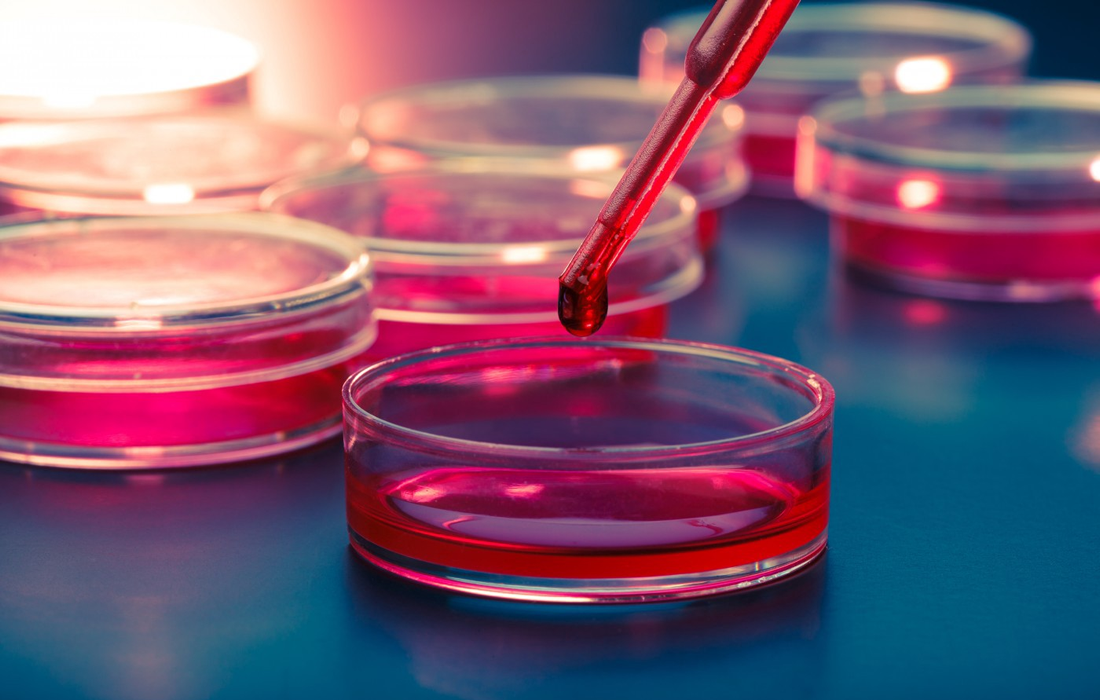Stem Cell Therapy for Specific Conditions
A Team Use Stem Cells to Make Human Adrenal Gland
Adrenal glands , also known as suprarenal glands, are two small organs that sit on top of each kidney. The adrenal glands make different types of hormones you need to stay alive and healthy. Hormones are chemicals that travel in your bloodstream and control how different parts of your body work.
The adrenal glands make the hormones cortisol, aldosterone, adrenaline, and noradrenaline. They also make hormones that your body uses to make sex hormones (estrogen and testosterone). All of these hormones do many important jobs, including:
- Turning food into energy and managing blood sugar levels
- Balancing salt and water
- Keeping blood pressure normal
- Responding to illness and stress (your “fight or flight” response)
- Timing when and how fast a child develops sexually
- Supporting pregnancy
What are adrenal gland disorders?
When you have an adrenal gland disorder, your body makes too much or too little of one or more hormones. The symptoms depend on the type of problem you have and how much it affects the hormone levels in your body.
People with adrenal gland disorders, such as primary adrenal insufficiency, in which the gland does not release sufficient hormones, can suffer fatigue, dangerously low blood pressure, coma, and even death if untreated. No cure for primary adrenal insufficiency exists, and the lifelong hormone-replacement therapy used to treat it carries significant side effects.
A preferable alternative would be a regenerative medicine approach, regrowing a functional adrenal gland capable of synthesizing hormones and appropriately releasing them in tune with the brain’s feedback.
Recreating the adrenal gland in a petri dish
Researchers from the University of Pennsylvania School of Veterinary Medicine coaxed stem cells in a petri dish to divide, mature, and take on some of the functions of a human fetal adrenal gland, bringing that goal one step closer, lead by Kotaro Sasaki, senior author and an assistant professor at Penn Vet.
Sasaki says his team’s aim was to use human inducible pluripotent stem cells (iPSCs), which can give rise to a myriad of different cell types, to mimic the stages of normal human adrenal development. During this process, the cells would get directed to take on the characteristics of the adrenal gland.
To begin, the researchers used what’s known as an “organoid culture” system, in which cells grow first as a floating aggregate for three weeks, then on a membrane exposed to air on one side, promoting better survival and allowing them to proliferate in three dimensions. Utilizing a carefully selected growth medium, they prompted the iPSCs to elicit an intermediate tissue type in the adrenal development process, the posterior intermediate mesoderm (PIM).
After verifying they had cultured PIM-like cells, the researchers embarked on directing those cells to transition to the next stage, adrenocortical progenitor-like cells, during which cells turn on markers indicating they have “committed” to becoming adrenal gland cells.
They also showed that the cells they grew could respond to what’s known as the hypothalamic-pituitary-adrenal axis, a feedback loop that governs communication from the brain to the adrenal gland and back again.
As the researchers refine their system, they say they hope to be able to generate more of the gradations in tissue type that occur in a mature adult adrenal gland.
The field of cell therapy holds so much promise for treating not just adrenal insufficiencies but other hormone-driven diseases: hypertension, Cushing syndrome, polycystic ovary syndrome, and more.
SOURCE:
Yuka Sakata, Keren Cheng, Michinori Mayama, Yasunari Seita, Andrea J. Detlefsen, Clementina A. Mesaros, Trevor M. Penning, Kyosuke Shishikura, Wenli Yang, Richard J. Auchus, Jerome F. Strauss, Kotaro Sasaki (November 21, 2022). Reconstitution of human adrenocortical specification and steroidogenesis using induced pluripotent stem cells. Developmental Cell. Retrieved from : https://www.sciencedaily.com/releases/2022/11/221121130617.htm
IMAGE:https://marlinmedicalassistance.com/wp-content/uploads/2019/03/stemcell.jpg

